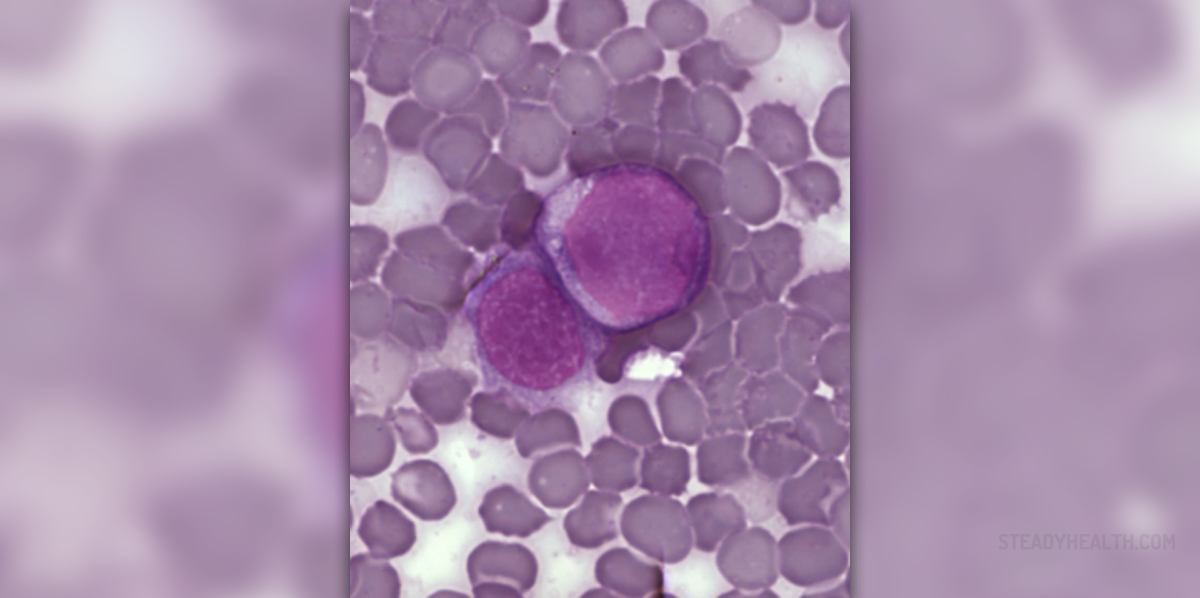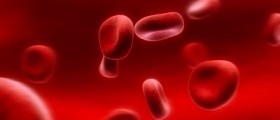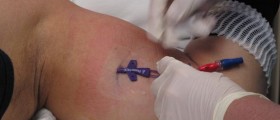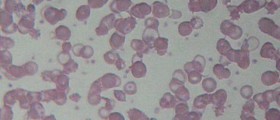
Leukemia isa malignant disease, which is characterized by abnormal growth of some of themyeloid cells (also called lymphoid). This leads to the increased number ofleucocytes in blood, and also, the entire mass of leucocytes in the organismbecomes higher.
Causes ofleukemia
For leukemiato emerge, several factors are needed to be present at the same time. Those aredivided into endogenous and exogenous factors. Endogenous factors in a bodyincrease the sensitivity of the organism towards the exogenous factors. Exogenousfactors include ionic rays, chemical cancerous substances, drugs and someviruses that cause leukemia. Substances that might be responsible for thiscondition are benzene, but even some drugs that are later on used for treatingleukemia might be the initial factors (cytostatics). Mentioned viruses, calledretro viruses, have the ability to transform RNA into DNA. As for endogenousfactors, those are chromosomal anomalies (including numeric, based on the changeof number of the chromosome, and structural, with the change of the form of thechromosome).
Symptoms ofleukemia
When we talkabout the symptoms of leukemia in women, there is not much difference from those that appear in men who suffer from leukemia. One of the major differenceswould be related to the increased menstrual bleeding, which, of course, doesnot happen in men at all. Initial symptoms of the acute leukemia are presentfor about three months. Some patients might show a syndrome called pre leukemicsyndrome, and those patients might suffer from anemia and cytopenia. Thesigns here are tiredness, exhaustion and dyspnea (breathing problems). Leukemiasymptoms in men and women are divided into three groups. First group wouldinclude symptoms and signs of the insufficiency of the bone marrow caused byproliferation of the leukemic cells, while the second group would include signs inducedby leukemic infiltration in different tissue and organs in organism. In a thirdgroup there are systemic conditions.
First group –anemia, granulocytopenia (decreased number of granulocytes) and thrombocytopenia(low number of thrombocytes). Due to anemia, skin is pale, dizziness andtiredness are present. Anemia might complicate if the spleen is enlarged.Infections happen in all types of leukemia as a result of decreased number ofgranulocytes. Body areas affected by infections are usually skin, gums andurinary tract; in some cases, infections of blood might occur. Weight loss isanother sign.Second groupincludes infiltration of the abnormal cells in the entire organism, so they canbe found in lymphatic glands, liver, spleen, kidneys etc. Pain in bones andjoints is also present, and sometimes lungs can be affected.Third groupincludes high temperature, weight loss, exhaustion, general loss of energy etc.














Your thoughts on this
Loading...